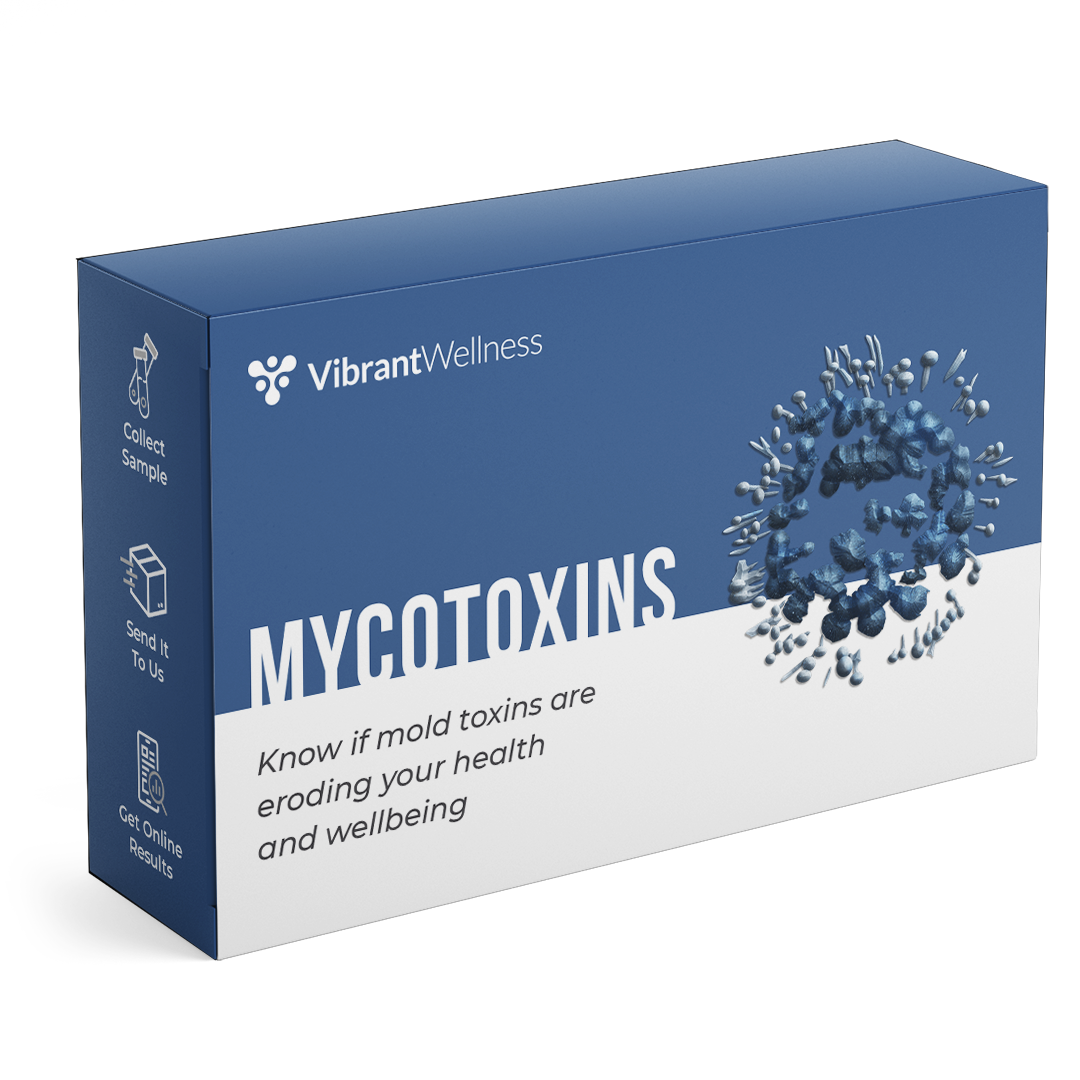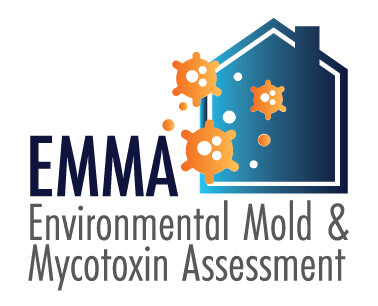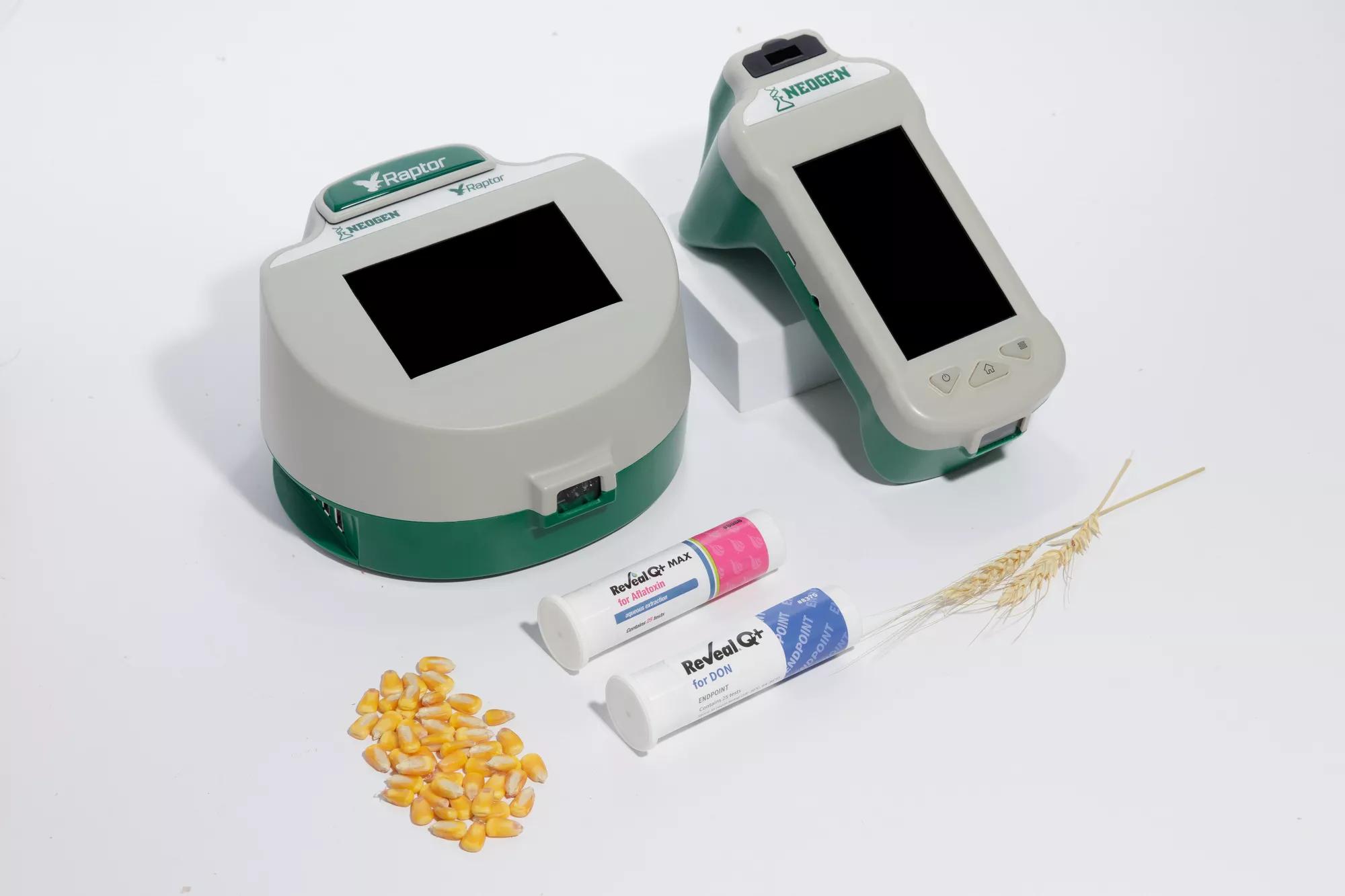Optimize Your Compliance with Relied on Mycotoxin testing Services Solutions
Optimize Your Compliance with Relied on Mycotoxin testing Services Solutions
Blog Article
Just How Mycotoxin Testing Helps Protect Against Contamination and Safeguard Food Products

Mycotoxin testing is an essential method in the food market, functioning as a frontline defense versus contamination by dangerous toxic substances created by molds. With the application of innovative strategies like High-Performance Liquid Chromatography (HPLC) and Liquid Chromatography-Mass Spectrometry (LC-MS), food producers can properly detect and evaluate mycotoxin degrees in agricultural products. This proactive strategy not only guarantees conformity with rigorous safety and security regulations however also alleviates health threats to customers. Furthermore, regular screening strengthens brand reputation and economic wellness by minimizing contamination-related cases. Just how specifically do these screening protocols integrate into the broader food safety and security approach?
Comprehending Mycotoxins
Recognizing mycotoxins begins with recognizing that they are poisonous second metabolites produced by specific mold and mildews, which can pollute farming products. These metabolites are not necessary for the development or recreation of the fungi but can have severe effects for animal and human health and wellness. Mycotoxins are generally discovered in staple crops such as corn, wheat, barley, and nuts, where they can multiply under specific conditions of dampness and temperature level.
There are numerous kinds of mycotoxins, each created by different fungal species. Fusarium species create trichothecenes and fumonisins, both of which are associated with various intense and persistent wellness problems.

Risks of Mycotoxin Contamination
The risks of mycotoxin contamination are multifaceted, posing significant risks to both food safety and public health and wellness. Mycotoxins, hazardous compounds generated by certain kinds of fungis, can contaminate a wide range of farming products consisting of grains, nuts, spices, dried out fruits, and coffee.
Financial influences are another major issue. Polluted plants can result in considerable economic losses for farmers and food producers as a result of reduced returns and the demand for pricey purification actions. International trade can be considerably hindered as nations apply strict mycotoxin policies to safeguard their populations, leading to turned down shipments and strained profession connections.
Ecological aspects such as environment adjustment worsen the risk of mycotoxin contamination. Variants in temperature and humidity can produce desirable problems for fungal growth, enhancing the chance of contamination occasions. Thus, understanding and mitigating these risks are crucial for ensuring the safety and integrity of worldwide food materials.
Techniques of Mycotoxin Evaluating
Accurately determining mycotoxin contamination in farming products is essential for guarding public health and maintaining food security standards. Numerous approaches are employed to find and quantify mycotoxins, each offering specific advantages and limitations.
High-Performance Liquid Chromatography (HPLC) is a commonly made use of approach because of its high level of sensitivity and precision. It includes dividing mycotoxins from other materials in an example, enabling precise quantification. Liquid Chromatography-Mass Spectrometry (LC-MS) integrates fluid chromatography with mass spectrometry to supply detailed molecular details, making it particularly valuable for recognizing numerous mycotoxins concurrently.

Gas Chromatography-Mass Spectrometry (GC-MS) and Thin-Layer Chromatography (TLC) are likewise used, each with distinct applications. GC-MS is reliable for unstable mycotoxins, while TLC supplies a simpler, cost-efficient alternative for initial screening.
Benefits of Regular Checking
Normal testing for mycotoxins in agricultural items offers various advantages, dramatically adding to public health and food safety. By recognizing contamination early, normal testing aids stop the circulation of harmful foods, thereby minimizing the risk of mycotoxin-related ailments among consumers. This proactive approach not just safeguards human health but likewise enhances the total top quality of food supplies.
Regular testing additionally sustains regulative compliance. Different countries and regions have actually established strict limitations for mycotoxin levels in food and feed. Sticking to these limits with routine testing guarantees that suppliers and producers these details satisfy lawful requirements, thus avoiding charges and trade barriers. Keeping conformity cultivates consumer trust fund and brand name reputation, which are critical for market success.
In addition, routine mycotoxin screening can result in substantial financial benefits. Early detection of contamination enables prompt treatment, lowering possible losses from widespread contamination. Carrying out normal testing methods can additionally minimize recall prices and related obligations, which can be economically ruining.
Additionally, regular screening provides beneficial data that can educate better farming methods and storage space problems. By recognizing patterns of contamination, producers can take on safety nets, therefore adding and reducing future risks to the sustainability of the food supply chain.
Executing Evaluating Methods
Carrying out reliable mycotoxin testing procedures is important for ensuring the safety and security and high quality of farming products. Establishing a durable testing structure involves several crucial steps, beginning with the recognition of potential contamination factors within the production and supply chain. This consists of pre-harvest, post-harvest, storage space, and circulation stages. Each phase should be scrutinized to pinpoint where mycotoxin contamination is more than likely to occur.
When essential control points are identified, picking appropriate screening approaches is necessary. Typical methods consist of enzyme-linked immunosorbent assay (ELISA), high-performance liquid chromatography (HPLC), and mass spectrometry (MS) Each technique has its strengths and weaknesses; hence, choosing the proper one relies on the particular mycotoxin being evaluated, the called for sensitivity, and offered resources.

Last but not least, incorporating the screening methods right into a thorough food anonymous security management system is advisable. This enhances traceability and makes it possible for swift restorative actions when contamination is found, therefore safeguarding the integrity of the food supply chain.
Final Thought
Mycotoxin screening is crucial in avoiding contamination and guarding food materials by allowing very early discovery of unsafe toxins generated by molds in agricultural products. Advanced approaches such as HPLC and LC-MS make certain compliance with safety regulations and secure customers from health and wellness risks. Routine testing enhances brand name online reputation, economic security, and count on food security by lessening contamination-related losses and keeping high standards in food production. Applying extensive testing methods Get More Information is hence vital for the market's general well-being.
Mycotoxin screening is a crucial practice in the food sector, serving as a frontline protection versus contamination by damaging contaminants generated by mold and mildews. An integrated method including agricultural techniques, storage space monitoring, and routine screening can reduce the threats linked with mycotoxin contamination, guaranteeing food safety and security and public wellness.
The risks of mycotoxin contamination are diverse, posing significant threats to both food safety and public health.Regular screening for mycotoxins in farming products uses numerous advantages, dramatically adding to public health and wellness and food safety.Mycotoxin screening is essential in avoiding contamination and safeguarding food materials by allowing early discovery of damaging toxic substances created by mold and mildews in farming items.
Report this page